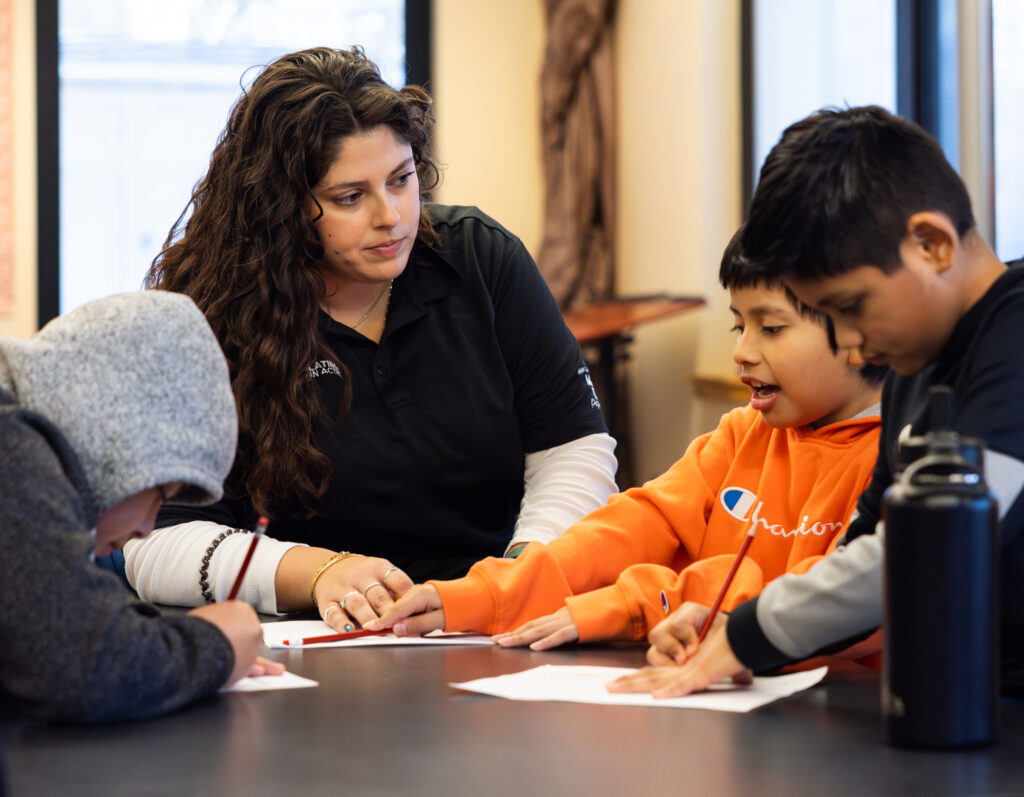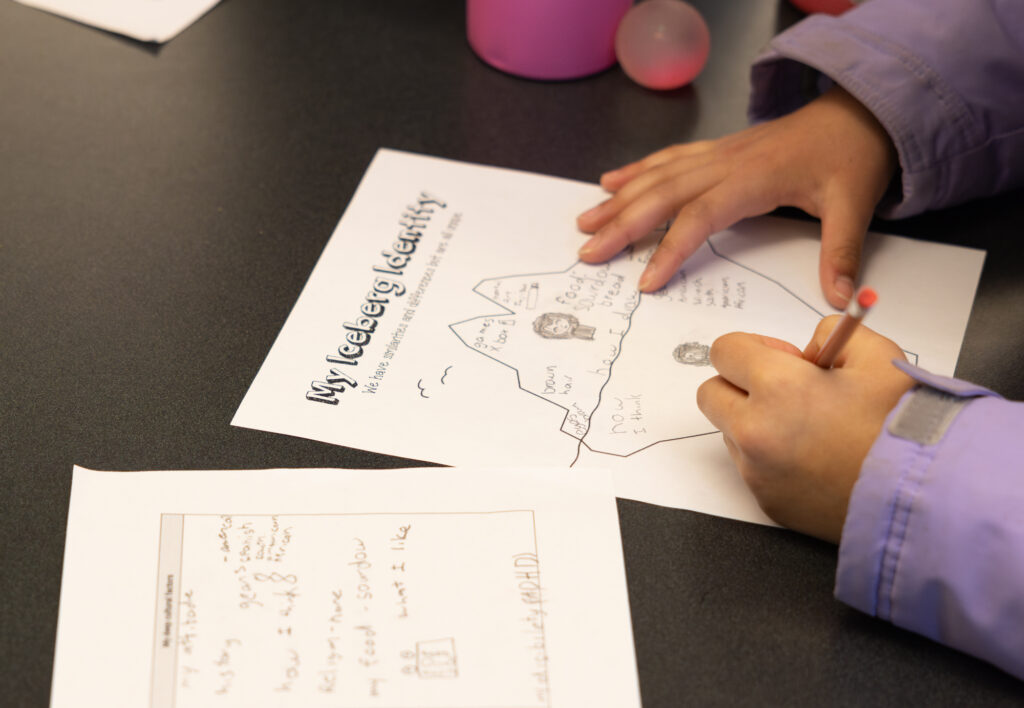Renata Lasso Guerrero moved from Colombia to Whatcom County two and a half years ago. She started school at Cascadia Elementary School in Ferndale knowing little English.
Now, the 10-year-old is the vice president of the Latinos in Action club at Cascadia, which provides students a place to connect to their culture and become leaders. Her role includes public speaking and meeting with student leaders from other schools and districts.
Latinos in Action is a national program that focuses on empowering Latino youth, with a focus on “leadership, service and college and career readiness,” said founder Jose Enriquez, who started the program 24 years ago. Classes at the middle and/or high school level are offered at just four districts in Washington: Ferndale, Bellingham, Sedro-Woolley and Mount Vernon.
Ferndale is the first school in Washington to offer an elementary-level program, and one of the few in the country that offers the program in elementary, middle and high school, serving a total of 125 students.

On a recent Thursday, about 20 fourth and fifth graders showed up to school early for the club. They completed an activity on the “cultural iceberg,” a concept that divides a person’s culture into “surface culture” — like the way a person looks, food or language — and “deep culture,” which includes religion, opinions and attitudes. Other days, they go into the district’s Transition to Kindergarten program and read to 4-year-olds.
The impact of the club on the students is already clear: Teacher Adriana Boulos said she’s seen growth in students’ confidence. Behavior in other classes has also improved, said Patty Padilla-Gonzalez, the bilingual secretary at Cascadia and Latinos in Action teacher. She said she and Boulos often remind the students that they’re leaders, and should be role models for younger students.
“As a [multilingual learner teacher], I think a lot of times the students see themselves below everyone else, because they’re having to learn a new language, and so they’re always trying to catch up,” Boulos said. “But I feel like [Latinos in Action] has really showed that, the fact that they speak other languages — that’s their superpower, it’s an asset.”
Guerrero, 10, said Latinos in Action has taught her mistakes are OK because she can learn from them.
“We’re not just growing in Latinos in Action, [but] also outside of school,” she said.
Avianna Hagglund, president of the club, said she has been told she “can’t be Mexican because [her] skin isn’t dark enough.”
“I thought, if I’m in Latinos in Action, no one would think that,” the 9-year-old said. She said she’s learned through the club to embrace her culture, and to be empathetic and kinder to others.

In the high school course, taught by Blanca Mendoza, students learn about college and career readiness, tutor younger students and plan events and fundraise. Mendoza said students in positions of leadership in the class “flourish.”
“In a primarily white district, having that Latino influence has definitely been a benefit for them,” she said. “A program like this [teaches them] what it’s like to have self-reliance and take action.”
Enriquez said Latinos in Action is needed now, more than ever, given the current political climate.

Since President Donald Trump entered office in January, the federal government has targeted diversity initiatives and programs that consider race. While Latinos in Action is open to all students, its main audience is Latino youth.
Enriquez challenges people who question the program’s importance to observe what Latinos in Action students are doing.
“When you enter the students’ classroom, you [see] an entirely different thing than what the narrative may be out there,” he said. “… People are trying to impose a narrative that isn’t true. The best way to combat that, and really rebut that, is to showcase our young people serving and leading.”
Charlotte Alden is CDN’s general assignment/enterprise reporter; reach her at charlottealden@cascadiadaily.com; 360-922-3090 ext. 123.




